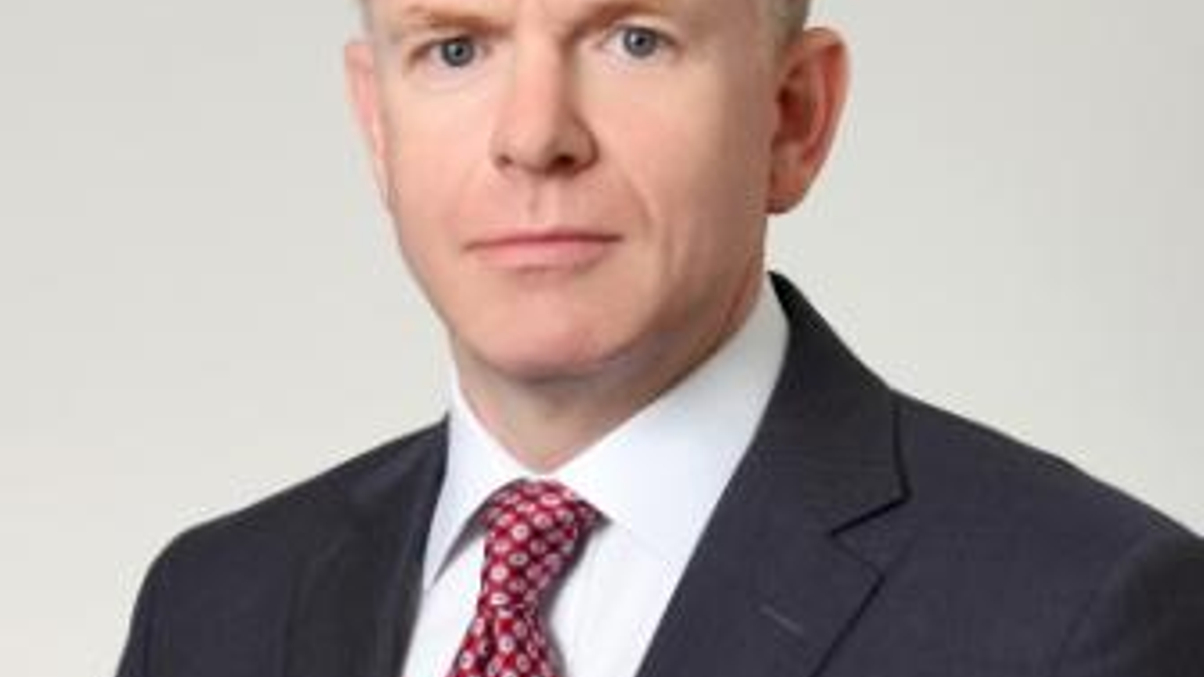Singapore PE firm targets $150m second close
Private equity house Armstrong Asset Management points to a dire need for investment in the clean energy sector in Southeast Asia.

Singapore-based Armstrong Asset Management is approaching family offices and institutional investors as it aims to have a hard-close for its clean energy private equity fund this August.
Sign in to read on!
Registered users get 2 free articles in 30 days.
Subscribers have full unlimited access to AsianInvestor
Not signed up? New users get 2 free articles per month, plus a 7-day unlimited free trial.
¬ Haymarket Media Limited. All rights reserved.


